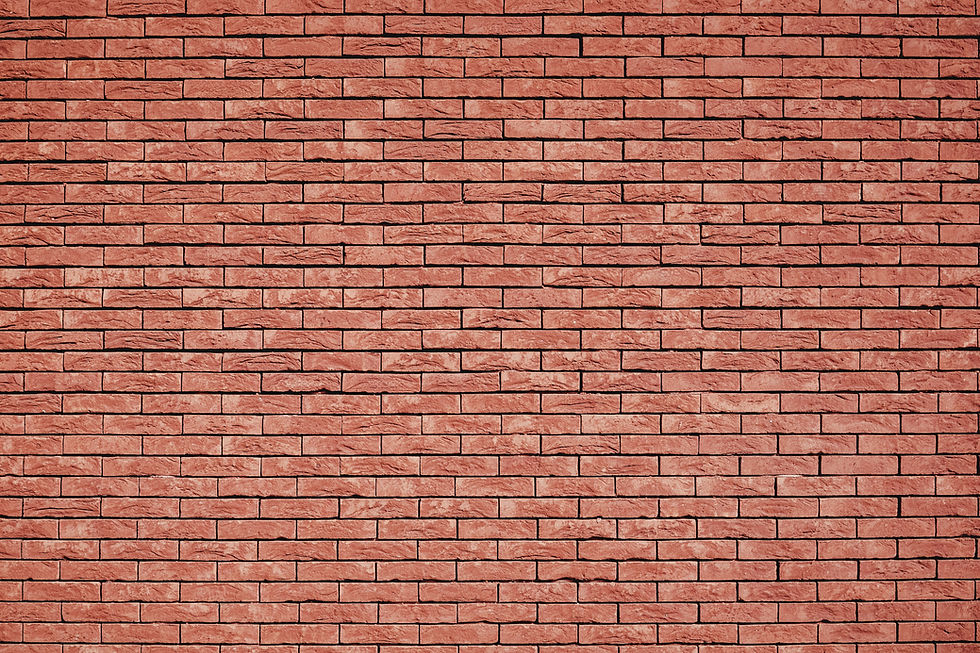Don't let bad masonry ruin the completion of your project. This is what to look for when evaluating a mason's past work.

Bad brickwork can cause your structure or project to look less than its best. Masonry may be a craft that everyone seems to be able to do, but as anyone who has tried it can attest, it's not as easy as it seems.
Doing it quickly and with enough precision to make it look good is a very skilled job, and there are a lot of people who aren't as good as they say they are!
Check for early signs of bad masonry
The number one rule to avoid making bad bricks is to try to find a mason who has been recommended by someone you know and then take a look at some of their previous work.
Once you get there, stand back and look at the wall as a whole. Really see! Will something come out? It's amazing how accurately the human eye recognizes height and elevation, and when it looks wrong, it usually is!
If you pass this test, you can take a closer look and verify the following:
1. Are the stones evenly distributed?
2. Are the bricks perfectly straight?
3. Is there a "pig" in it?

Horizontally strait Brickwork: Do check it.
The usual way to build brick or masonry is to build up the corners first and then draw a line between them to "tie" the rest into place. This depends on the exact angle construction.
Some do this with spirit levels and "floor sticks", the battens are marked in 75mm increments to ensure each corner ends at the same height, but now they more often set the laser level to check constantly checking the level of each track.
Some prefer to use metal profiles on each corner so they can place the line without building the corner first.
Bricks are usually designed to span the joints below, ideally by an equal amount in both directions, but it is very easy for them to crawl to one side or the other.
Sometimes, especially when there is a cut, they can crawl far enough to make a straight joint, e.g. Actors are directly at or very close to each other.
How to recognize the "pig" in bad masonry?
This is very rarely the case when the line used to build runs between the wrong path at the start and the bricks, or more often the bricks don't notice it until they've gone up a few levels and then realize they're only a brick apart. of level.
At this point, they have to knock down all the previous work and redo it, or build a "pig" by cutting bricks to bring it back to the same height. That's not often the case now with the widespread use of laser levels, but it's not impossible.

Are all vertical joints aligned?
This is quite difficult to achieve, but a really good mason will make an effort to keep them all lined up while he is away.
One caveat to this is that this is only possible if he uses premium bricks. Seconds are too different in size to successfully accomplish this.
Even if there are bricks cut along the way, a good brick keeps the same size and is vertically aligned.
If possible, eg. If the building is still under construction, look into the cavity above or through a door or window. When they are clean, the stones know what they are doing.

